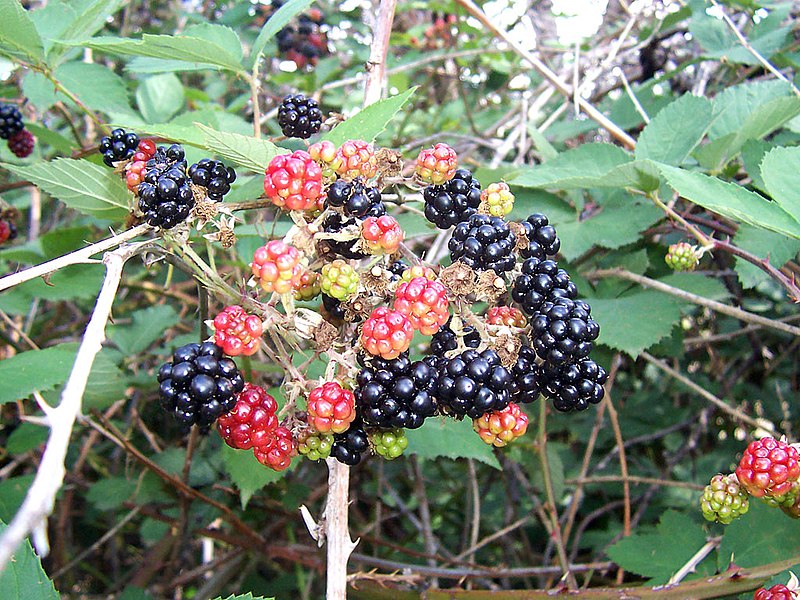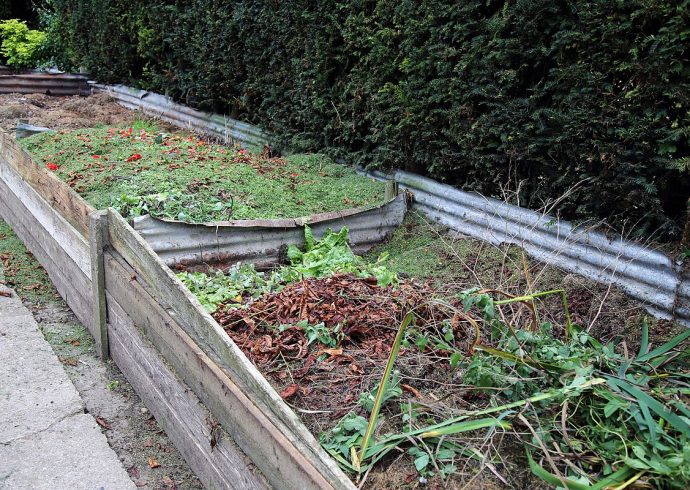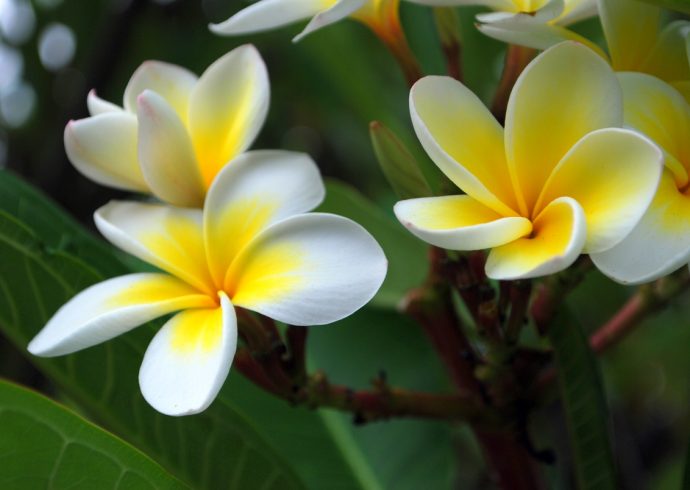
Growing Blackberry and Raspberry Bushes
Both blackberries and raspberries are delicious fruits and they are also easy to grow. Blackberries and raspberries can be purchased as canes which are then buried in the ground with the roots spread out. Both of these fruits can be used in baked goods such as pies and turnovers and be made into jams and jellies. Planting and pruning information for these two types of berry bushes are below:
Blackberry Bushes
Blackberries are high in antioxidants, iron, manganese, and vitamins C and K. Blackberry canes are perennials and can be purchased at a nursery. These can grow in planting zones 5 to 10 and the size of each bush is usually from four to six feet tall. The canes should be planted in the early spring right after the last frost. When you bring the canes home from the nursery, select an area in your yard where they can grow either in full sunlight or partial light. Blackberry bushes will even grow well in complete shade, as they do in the woods, but this of course is a last resort. Back at our old house in New England, blackberries grew wild in our backyard where it was woodsy and they seemed to enjoy it as fruit would appear every year so long as it was maintained.
Avoid planting them in heavy clay soil, as this will exacerbate both cane and fruit development. The canes can tolerate a brief drought and adapt to soil conditions, so the quality of the soil is not important. Dig a hole wide enough for the roots to be gently unraveled with your fingers, then pack down the soil firmly around each cane. Water each cane well, then snip off ten inches from the top of each cane so it will grow well the following year. The thing to keep in mind when maintaining blackberry bushes is that after they produce fruit, is to snip off each little branch so new ones an grow during the following season. The canes tend to flower the following year after they are initially planted.
Blackberry flowers are white, pink, or red. The sooner they blossom, the more blackberries will grow after the flower falls off. Blackberry blossoms appear in the late spring. After the berries are picked from a branch, snip off that branch to encourage more berries to grow the following year.
Keep the soil moist by watering the canes frequently when the berries are forming on the bush. During the first year of planting, water at least once a week.
There is a thornless variety of blackberry bush which is a benefit to handling, planting, and picking. It is also pet friendly as pets can sometimes get scratched by the briers on the bush if they like to sleep under bushes during the day. The fruit of the thornless variety does not need to be sprayed with insecticides.
Raspberry Bushes
Raspberries, like blackberries, are also canes that grow similar fruit, but usually in pink. Raspberries also contain antioxidants and lutein. The canes come in two varieties: summer bearing, and everbearing. Summer bearing bushes have one harvest in the late summer. Fruit grows on the raspberry canes two years after the initial planting. Everbearing bushes will provide two harvests of fruit one in the late summer, and another in the fall of the same year. The raspberry canes have small white flowers when they blossom from the spring through the summer seasons.
Raspberry canes, like blackberries, also need moist soil to grow in. Soil quality is not important, but avoid planting the canes in a heavy clay. The canes can be planted in full sun or partial shade. The canes can be planted in October or the following year right after the last frost. A compost work in with the well turned soil will help the raspberry canes grow better.
Raspberry bushes may require support. Tie them to a wire or fence support so the healthy canes will bear fruit next year. Remove any canes growing outside the designated area. Summer growing canes will require support of wires and poles because the canes are light. The poles can be 6 to 7 feet high with two or three wires running across the canes. Fall growing canes will not need the support of wires and poles, as they are hardier canes.
Raspberries need to be pruned, otherwise they will spread rapidly. Pruning will also prevent disease from destroying the bush. As with the blackberries, remove all canes and sprigs that bear fruit so the bush will grow better the following year. Water them well twice a week during the hot summer months.
Image Credit: Blackberry fruits, by Fir0002. CC BY-SA 3.0, via Wikimedia Commons.


